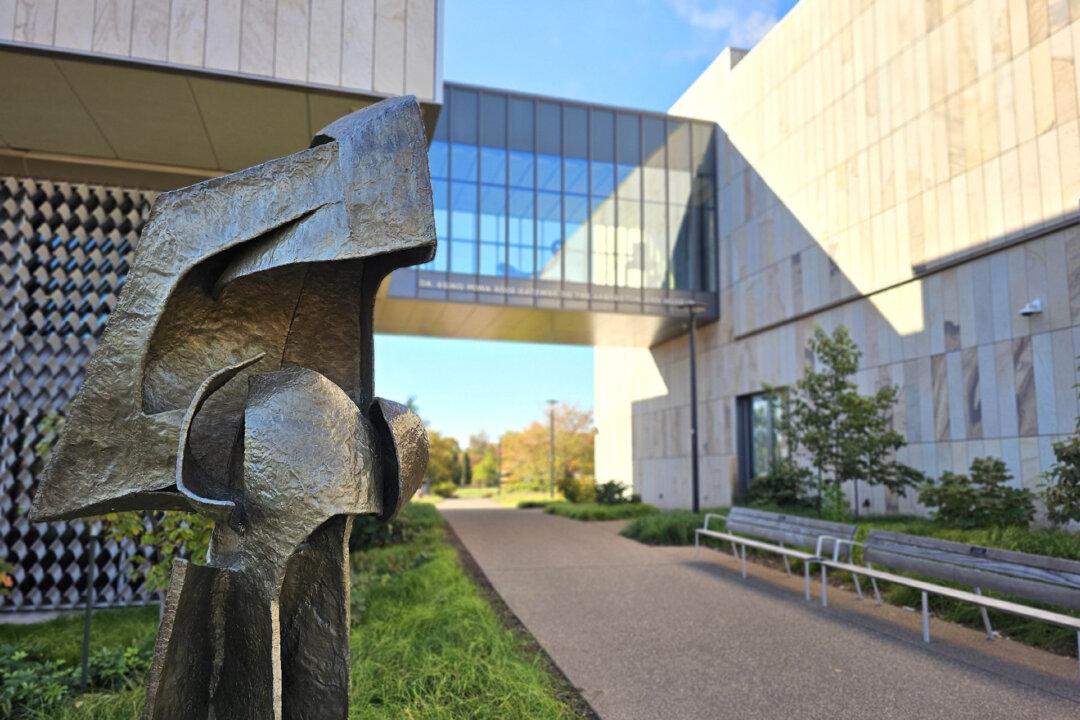The man scowled menacingly as he danced toward members of the crowd who watched him in fascination. Feathers adorned his headdress, and he clutched something that looked like a club in his right hand. Then, prancing just a few feet from the onlookers, he broke into a grin, took several more steps in time to the accompanying drumbeats and sashayed away.
The spectators viewing this colorful spectacle were reliving an ages-old American ritual, one that predates the arrival of the first European travelers to these shores. They were visitors at a Native American reservation watching a modern-day warrior re-create the moves—and moods—of his forebears.





